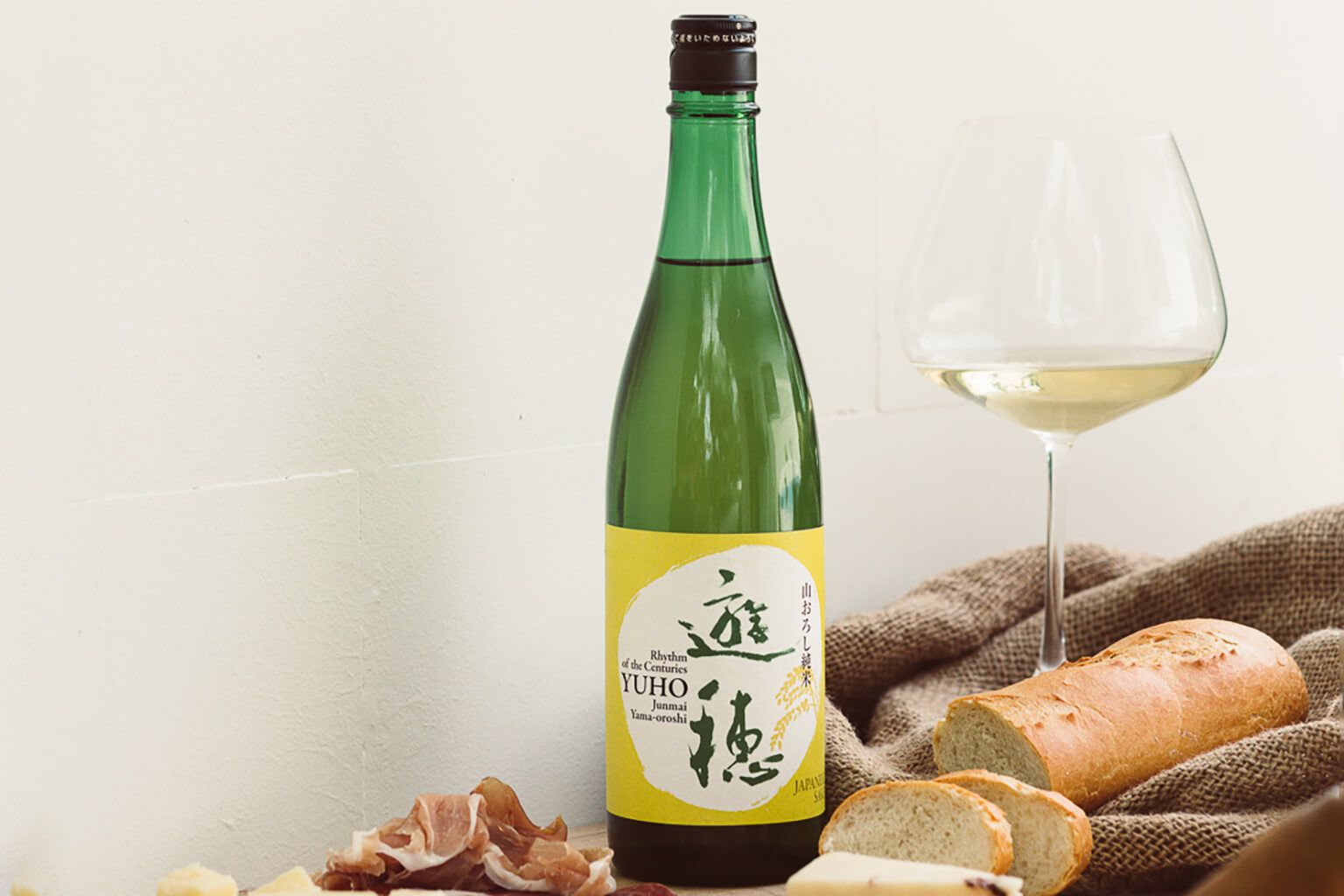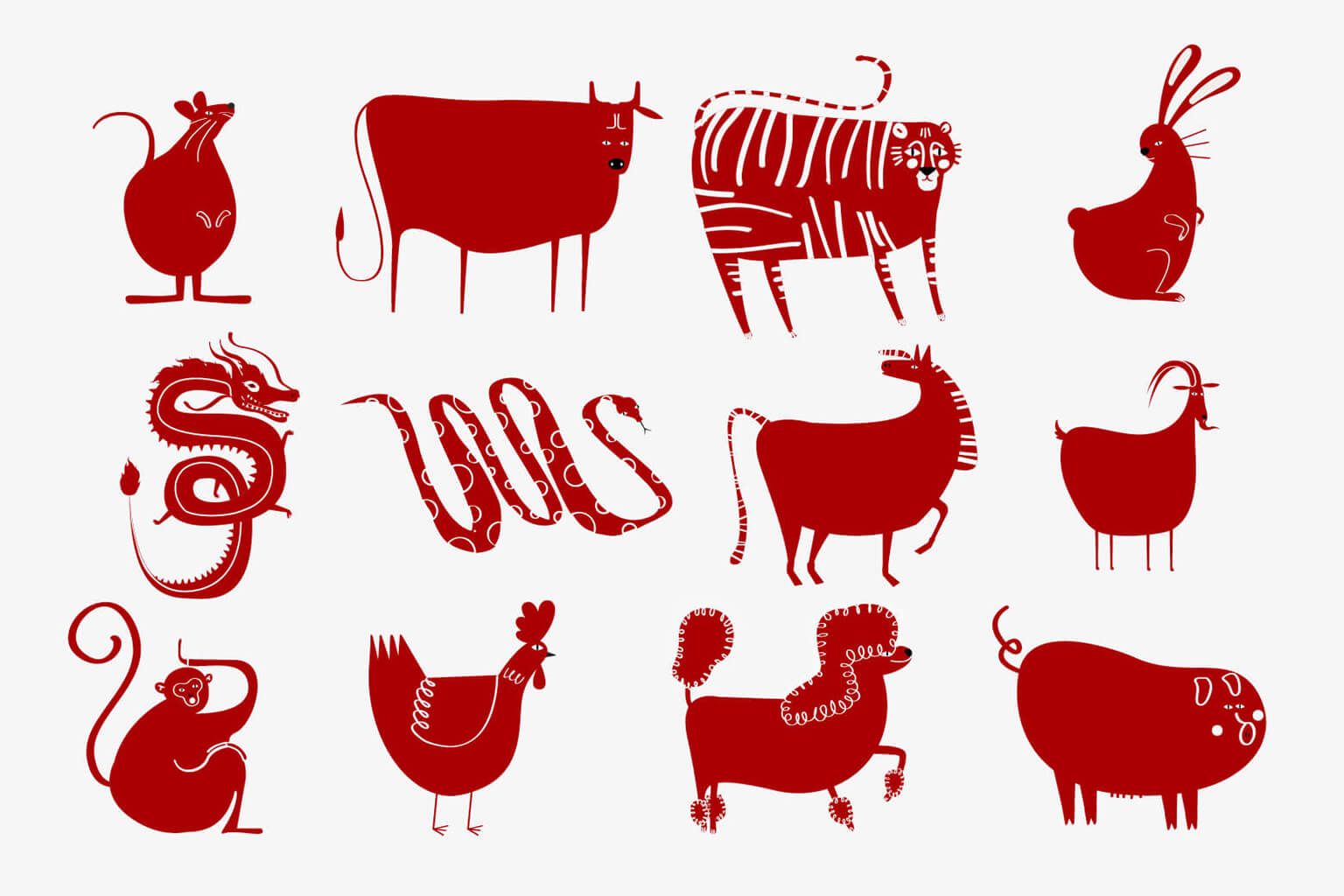What is it about the moon that brings wonder? Is it the glow or pull on the waves, or how it appears to us in different shapes? If you haven’t gazed at the night sky lately, tsukimi, or “moon viewing,” is an ideal time to do just that. The custom, though there are a few different theories, which is said to have originated in China during the Tang Dynasty, was adopted by Japan’s aristocrats in the Nara period (740−794) and became popular among commoners during the Heian period (794−1185).
Traditionally, tsukimi was celebrated on the 13th of September as an autumnal expression of gratitude for a bountiful harvest (hence its other popular name, “Harvest Moon”). These days, the lunar calendar determines the exact date, and it has evolved into a social occasion for Japanese people to gather at a window, balcony or any place where they can reflect on the moon’s beauty.

Like other seasonal festivals in Japan, tsukimi is accompanied by specialty foods like the iconic tsukimi dango: 15 rice dumplings shaped like the moon and stacked in a pyramid to represent jugoya (the 15th day of the eighth month of the Japanese traditional calendar). Sometimes, you’ll find a yellow dumpling atop the pyramid to represent the shining moon. Other seasonal items like chestnuts, pumpkin, edamame and pampas grass (for the rice harvest) are also displayed on an altar as well as shared with guests. Across the country, temples, gardens and other tourist spots host events with music, poetry and performances.


Here are three sake that are perfect for celebrating tsukimi with friends and family. Drink it together with regional dishes from your local area and cheers to a good harvest!
“Tokugetsu”

If you could dedicate a song to the moon, what would it be? Asahi-shuzo Sake Brewing Company brewed this sake specifically for tsukimi and the deep feelings the Japanese have for the Harvest Moon. Its name, “Tokugetsu,” is named after a Chinese poem about the beauty of the moon reflected on the water. The rice for this beautiful daiginjo is carefully polished for three days to achieve a high rice polishing ratio of 28% so that even the rice kernels resemble perfectly round, full moons! Chill slightly for a gentle, clean taste.
Nito “Omachi 48”

Unlike in the U.S. where the moon is thought to resemble a human face, in Japan, the moon is believed to appear as two rabbits pounding mochi. Nito “Omachi 48” definitely catches the moonbeams with their signature sake which is made of two kinds of the best rice—Omachi and Yamadanishiki and the four skilled artisans who make up the brewery achieve two qualities that are seemingly unattainable: a fruity aroma followed by an almost spicy dryness that can be enjoyed at both chilled and room temperature.
Fukucho “Moon on the Water”

This sake might be the closest we’ll get to tasting the moon. Brewed by famous Imada Brewing Company which is led by one of the few female toji Miho Imada, this ginjo sake has a softness like the moon’s glow but with a power strong enough to pull in the tide. A romantic sake that you can drink with a partner or with friends at your next moon-viewing party.


Have you ever attended a moon-viewing party? Let us know what sake you’d like to drink at #tippsysake!















